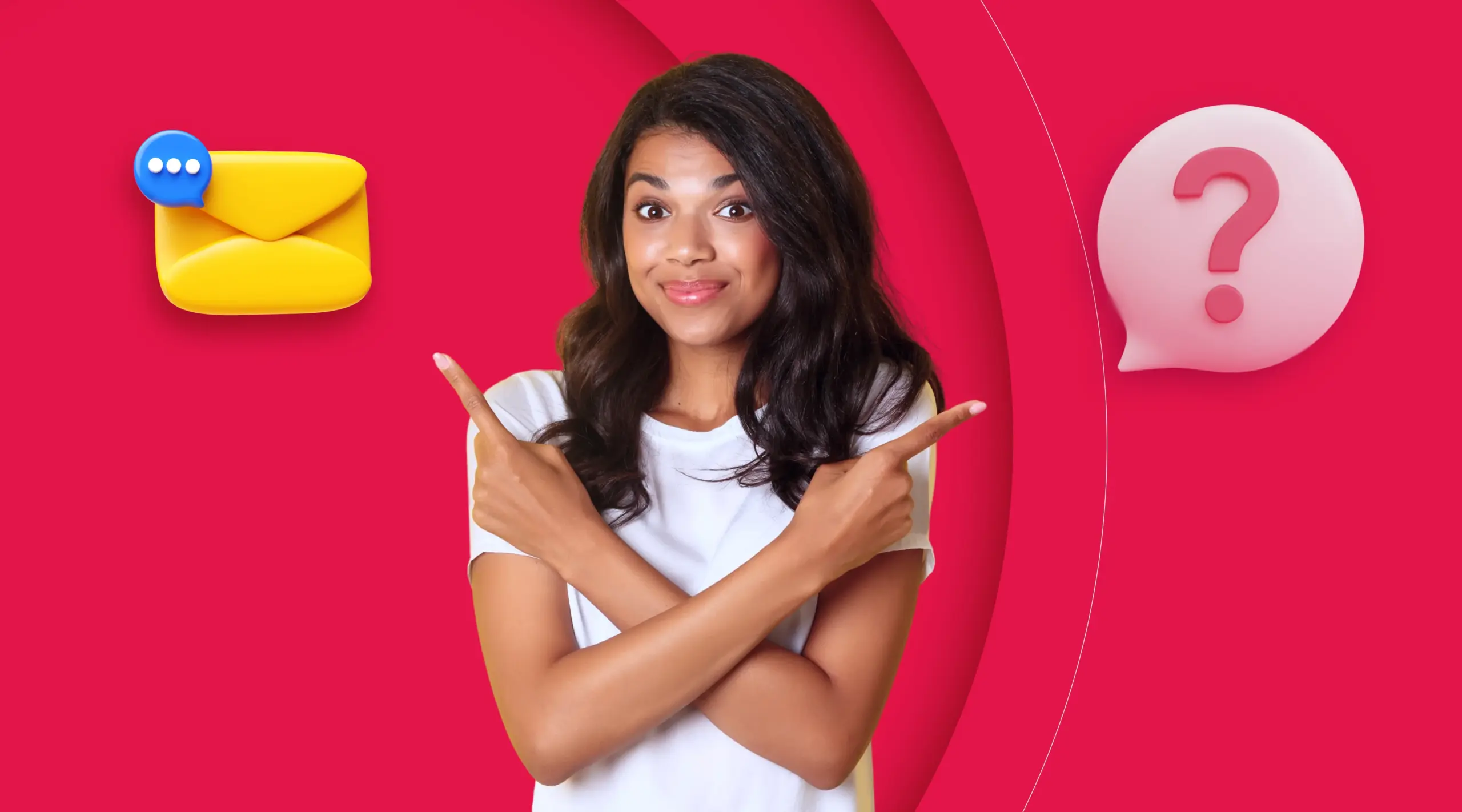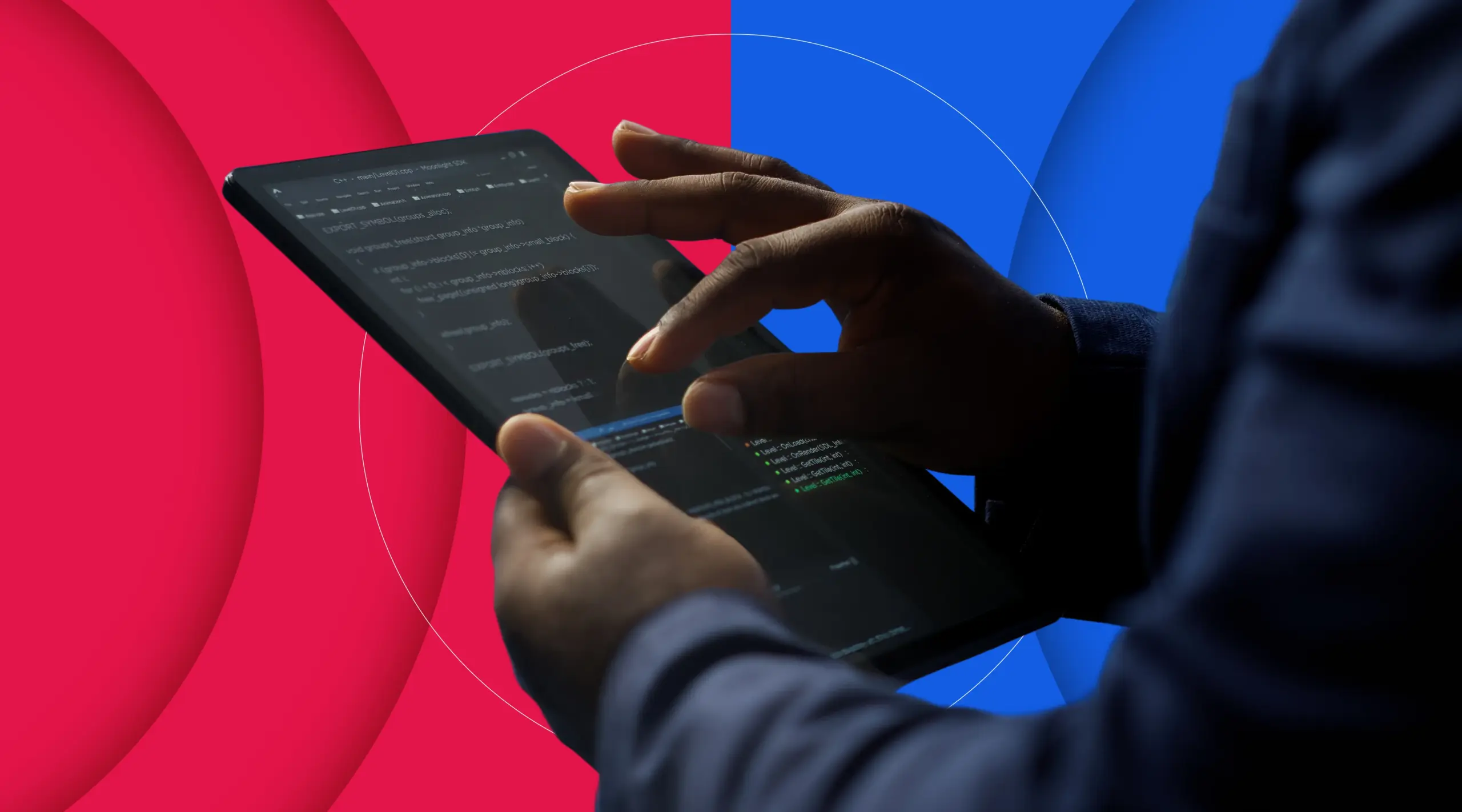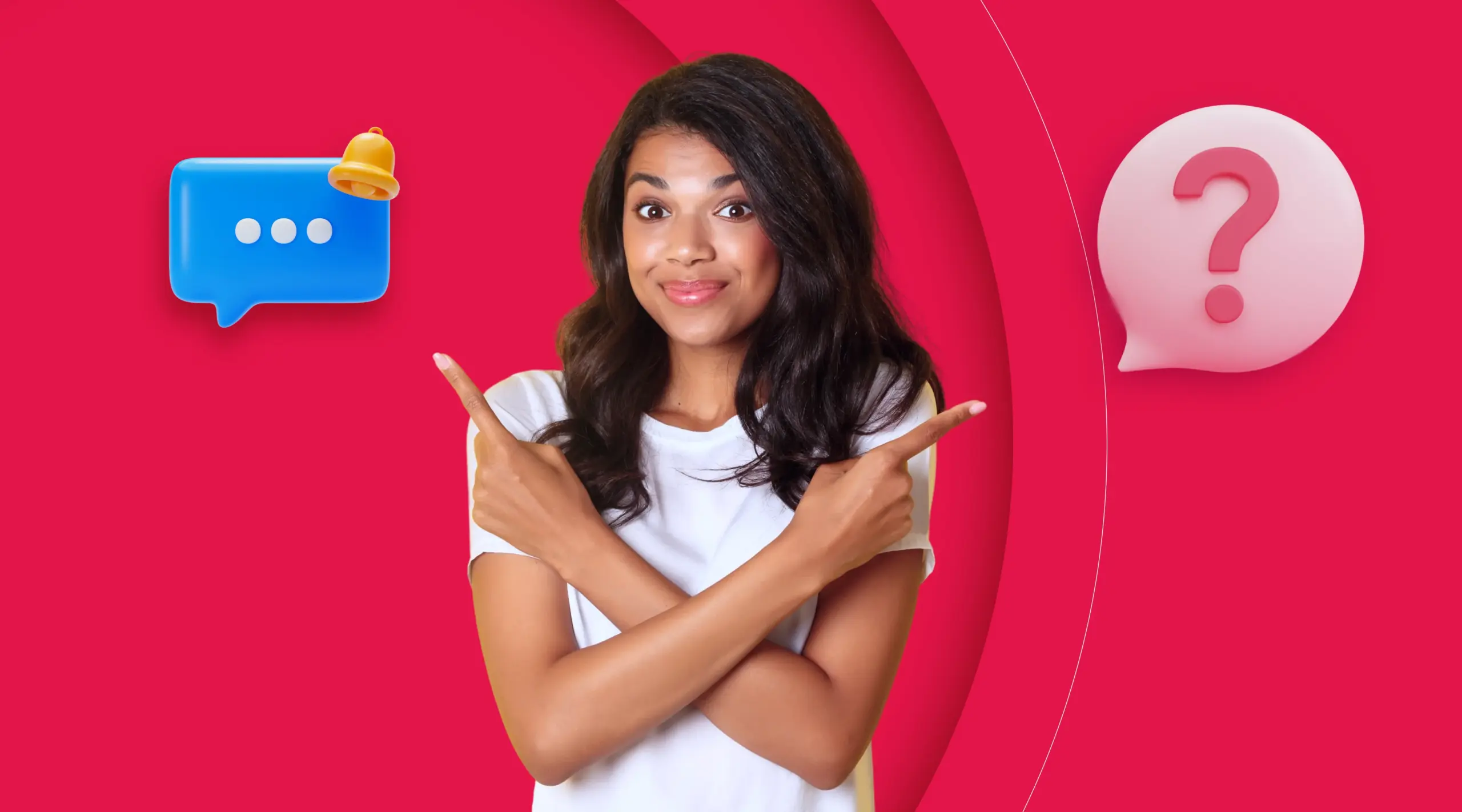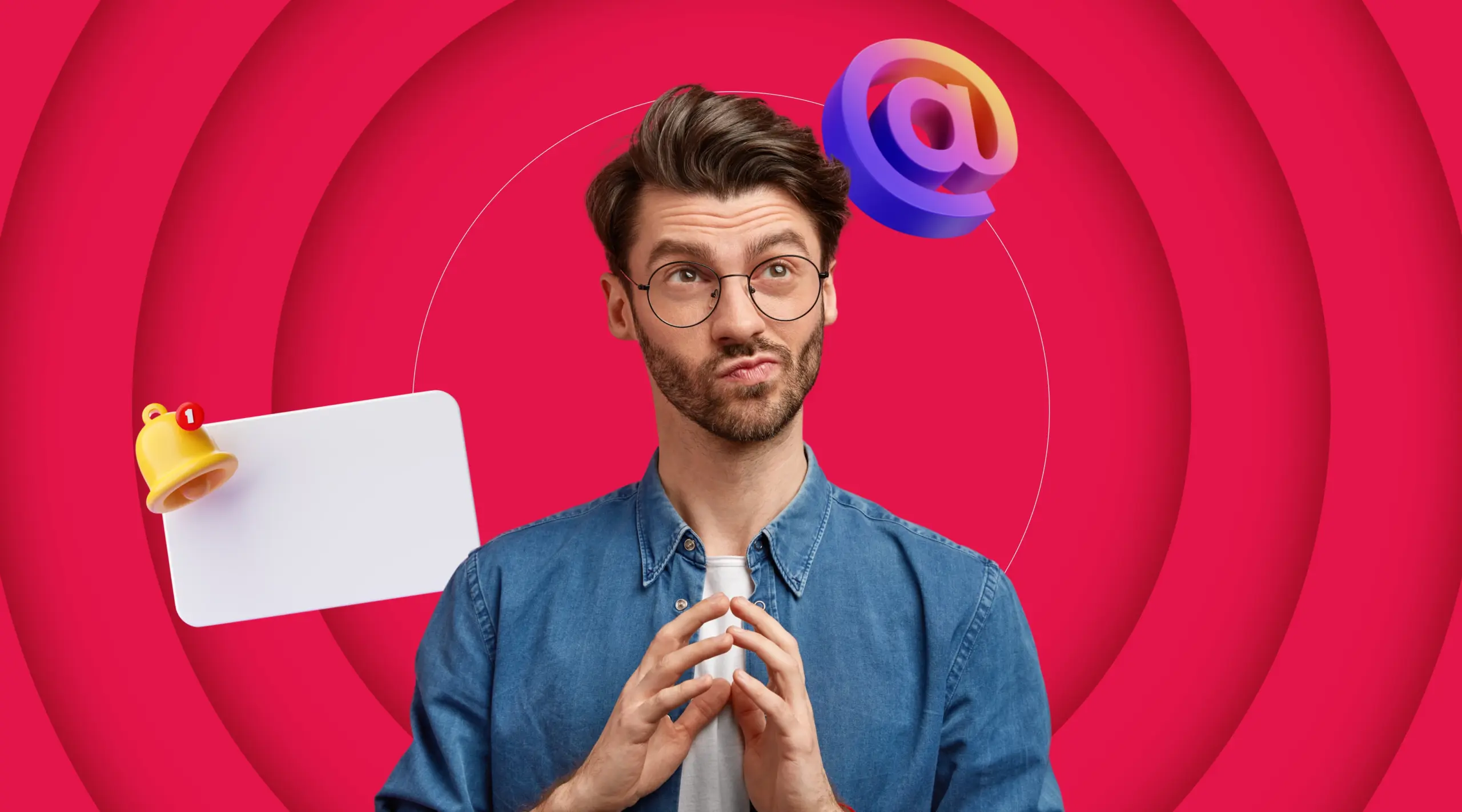
Does email still have a future? For more than two decades, email has been a cornerstone of marketing strategy. Why?
- It enables rich, well-structured content—ideal for editorial pieces, storytelling, or product presentation.
- It offers near-universal reach: almost every internet user has an email address.
- It is a proprietary asset: unlike third-party platforms, email lists belong to the company.
But the rise of channels like instant messaging, push notifications, and RCS is reshuffling the deck. So even if email remains one of the most effective ways to nurture long-term customer relationships, what can we expect for this historic lever in 2026?
Email’s current limits (and how to fix them)
Despite its resilience, email marketing isn’t without weaknesses:
| Observed limits | Recommended solutions |
|---|---|
| Declining open rates (20–25% in 2025) | Optimize subject lines, test send times, improve segmentation |
| Low CTR (2–3% on average) | Improve CTA design, personalize content |
| Heavy inbox pressure (saturation, filters) | Create high-value emails and space out sends |
| Difficulty acquiring new subscribers | Offer an incentive (promo code, useful resource, etc.) |
Adrena’tips: a plain, generic sign-up form often gets ignored. Try a native or interactive format instead (smart pop-up, contextual banner…).
The innovations breathing new life into email
After years of classic formats (HTML newsletters, monthly promos…), 2026 ushers in a new era of interactivity, artificial intelligence, and omnichannel orchestration. These advances revitalize the channel, enrich the user experience, and boost performance.
Interactive emails with AMP for Email
AMP (Accelerated Mobile Pages) for email brings dynamic elements directly inside the message, making the email as interactive as a web page.
Available features:
- Image or product carousels
- Polls or quizzes answered directly in the email
- Forms completed without leaving the inbox
- Dropdowns, tabs, and more
Use cases:
- An e-commerce site asks customers to rate an order or answer a satisfaction survey right inside the email.
- A fashion brand displays a clickable carousel of new arrivals, updated dynamically.
Benefits:
- Less friction (no redirect to a landing page)
- Higher engagement: up to +25% CTR according to Litmus
- Richer, more immersive user experience
Adrena’tips: not all email clients support AMP yet (Gmail, Yahoo Mail do — Outlook doesn’t), so always include an HTML fallback.
Hyper-personalization with AI
AI is reshaping how emails are created and sent. We’re moving from “basic” personalization (first name, segment) to real-time behavioral personalization.
What AI enables today:
- Adaptive content: products, visuals, recommendations based on history or user preferences
- Automatic optimization of send day/time based on past responsiveness
- AI-assisted copywriting (auto-generated subject line variants, CTAs, paragraphs, etc.)
- Predictive testing: identifying the best-performing combinations via machine learning
Use cases:
- A streaming platform adapts the newsletter to preferred genres and watch time.
- An e-commerce brand shows products based on recently viewed pages (via connected CRM/CDP).
Benefits:
- More relevant emails, less likely to be perceived as spam
- Up to 2× higher conversion rates than standard mass sends (source: Campaign Monitor, 2025)
Smart omnichannel orchestration
In a world where customers juggle multiple channels (email, push, WhatsApp, social…), sending an email in isolation isn’t enough. Think journeys and complementarity.
Examples of successful multichannel scenarios:
| Stage | Trigger channel | Complementary action |
|---|---|---|
| Promo send | If not opened → send Web Push at +4h | |
| Abandoned cart | Web Push | If no click → recap email at +1 day |
| Sign-up confirmation | Follow with a detailed welcome email | |
| Limited-time offer | SMS | Follow with a richer email (visuals, terms, personalized link) |
Tools to watch in 2026–2027:
- Customer Data Platforms (CDPs) to centralize data
- Omnichannel automation solutions like Brevo, ActiveCampaign, Klaviyo, or HubSpot
The goal: stop thinking channel by channel, and start thinking in sequences and relevance. Email remains a strong link in the mix, but works with the rest to maximize impact.
Email + Web Push: a winning combo?
Web Push is emerging as the ideal complement to email!
| Compared element (2025–2026) | Web Push Notification | |
|---|---|---|
| Average open rate | ~20–25% | ~80–90% (seen on screen) |
| Average click-through rate | ~2–3% | ~5% |
| Time to read | Sometimes several hours | Seconds to a few minutes |
| Content depth | Very rich (HTML, videos, links…) | Short message + image + link |
| Consent | Form with email address | One browser click, no personal data |
| Best for | Newsletters, storytelling, long-form content | Flash info, promos, abandoned carts |
At Adrenalead, we believe in this complementarity. Our combined campaigns (Web Push + Email) make it possible, for example, to:
- send an instant push cart reminder, followed by a more detailed email 24 hours later;
- pre-launch an offer via Web Push, then follow with a richer email containing full details.
What are the alternatives or complements to email?
Far from competing with email, other channels enrich a smart email strategy:
| Channel | Main use | Avg. click-through rate (2025–2026) |
|---|---|---|
| Web Push | Anonymous retargeting, fast opt-in | ~5% |
| SMS Marketing | Short, urgent messages; direct promos | ~4–7% |
| RCS | Enriched SMS (buttons, images, carousel) | ~15–30% |
| WhatsApp Business | Personalized conversational messages | ~20–35% or more |
| In-app notification | Real-time engagement inside an app | ~10–14% |
✅ Key takeaways
- Email remains a key channel, especially for rich, relationship-driven content.
- It faces attention decline: enrich it and combine it with other levers.
- Web Push is its natural ally for speed, simple opt-in, and transactional use cases.
- The future belongs to hybrid strategies orchestrated intelligently across email, Web Push, SMS, WhatsApp, etc.



